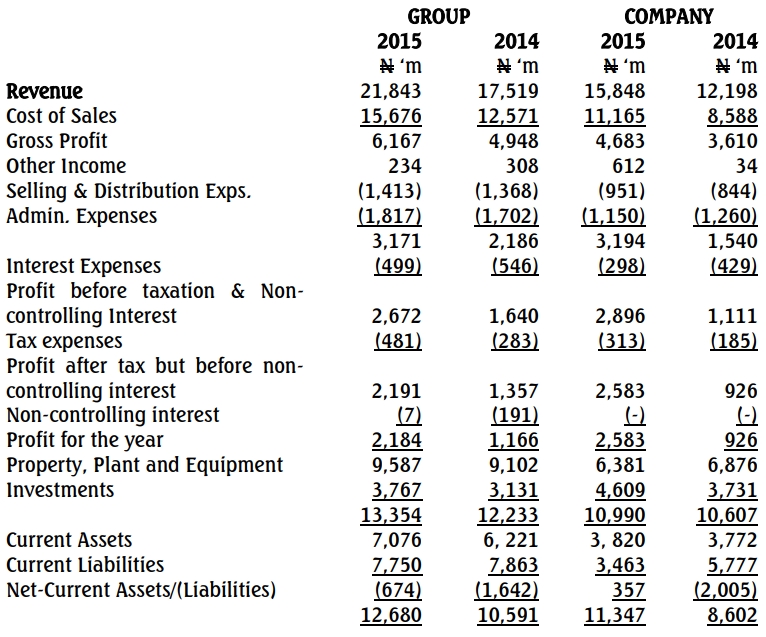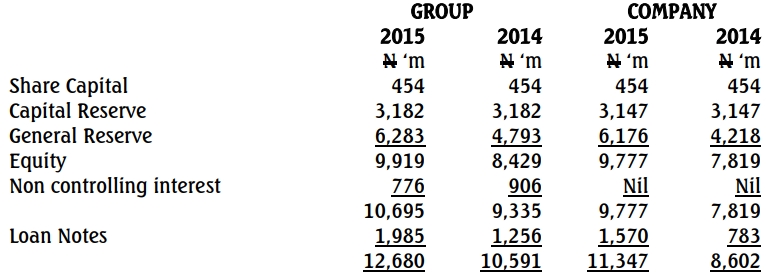Adeoye Oladejo was an exceptionally brilliant student. He graduated from the Department of Wildlife and Ecotourism in the Second-Class Upper Division. He was fortunate to undertake his youth service in Lagos with Dovic International Travel Agency (DITA), which apart from sales of tickets and hotel reservations, is reputed for organizing tours for individuals and groups to different parts of the world. By dint of hard work and impressive results in attracting clients to the travel agency, Adeoye was made a sales manager immediately after completing his service year. He held this position for two years, after which he was made a senior operations manager, a position he held before becoming the CEO.
The motto of the company is “service optimized,” and the company is very clear about its primary strategic goal, which is to optimize profit in the short, medium, and long terms. Hence, Adeoye, as the company CEO, undertook a specialized MBA course in International Business Management. He also wrote a book titled Optimizing Profit in International Tourism. In addition, he employed a business manager and an operations manager with very strong backgrounds in financial planning and strategic thinking, apart from the vast experience they acquired in the field of international tourism.
To ensure that DITA remains highly competitive in the global tourism arena, the company has different tourism packages for its clients from all parts of the world. These include cheap airfares, highly-rated hotels at unbelievably low prices, amazing tourist attractions, and the inclusion of rated artists (musicians, comedians, etc.) for the pleasure of their clients. What is quite significant is the fact that DITA has been able to establish excellent working relationships with airlines, hotels, and various service providers in the tourism industry, enabling it to provide world-class services at unbelievably cheap rates that its competitors find difficult to match.
Of course, the services that DITA offers are similar to those of its competitors in the tourism industry, but DITA has been able to introduce special flavors into its packages that render them more attractive than those of its competitors. These include free massages, horse riding, scuba diving, exquisite dinners, welcome parties, limousine airport shuttles, and much more.
However, DITA’s business strategies have trade-offs, which in the short, medium, and long terms offer it some competitive advantage. For instance, it does not offer services to large groups of people exceeding 50 at a time. Thus, it does not offer pilgrimage services. Nonetheless, DITA has become very popular among rated organizations, family groups, groups of friends, and other relatively small teams interested in organized tours to special places worldwide. Another trade-off of DITA’s strategies is that it does not sell travel tickets to individuals, only to groups.
Over two years, the CEO of DITA, in conjunction with the business and operations managers, has successfully established a synergy of all the elements of their business, making them intricately and seamlessly linked together, resulting in great success and a high return on investment for DITA.
To ensure continuity of its strategic direction, DITA organizes periodic training retreats for its staff and sends them on specialized training to enhance their productivity and commitment to the vision, strategic goals, and core values of the company. By doing so, it is systematically creating an impressive organizational culture that is key to its success. Overall, DITA has become a huge success story and a remarkable leader in the international tourism industry.
Required:
a. Discuss how the operations of DITA are consistent with Porter’s six principles of strategic positioning and how individual firms can achieve sustainable competitive advantage. (24 Marks)
b. A business entity can be classified as any one of the FOUR types in terms of strategic position.
i. Identify and briefly explain each of these types. (3 Marks)
ii. To which of these does DITA belong? (3 Marks)



